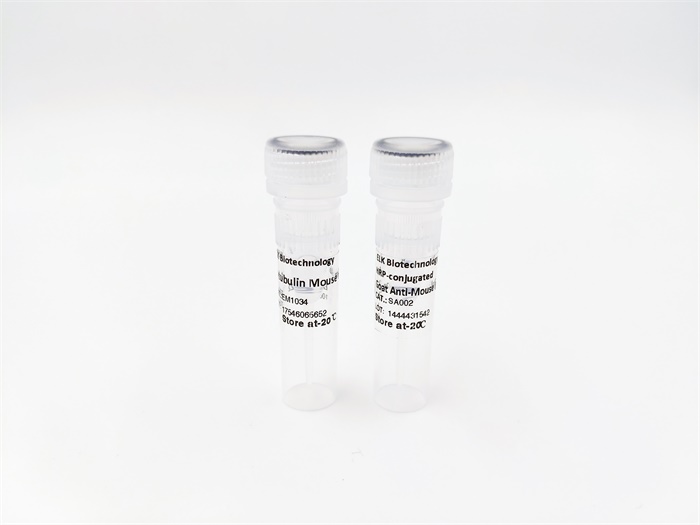| Background: |
disease:A chromosomal aberration involving CCND1 may be a cause of B-lymphocytic malignancy, particularly mantle-cell lymphoma (MCL). Translocation t(11;14)(q13;q32) with immunoglobulin gene regions. Activation of CCND1 may be oncogenic by directly altering progression through the cell cycle.,disease:A chromosomal aberration involving CCND1 may be a cause of multiple myeloma [MIM:254500]. Translocation t(11;14)(q13;q32) with the IgH locus.,disease:A chromosomal aberration involving CCND1 may be a cause of parathyroid adenomas [MIM:168461]. Translocation t(11;11)(q13;p15) with the parathyroid hormone (PTH) enhancer.,function:Essential for the control of the cell cycle at the G1/S (start) transition.,online information:The Singapore human mutation and polymorphism database,PTM:Following DNA damage it is ubiquitinated by some SCF (SKP1-cullin-F-box) protein ligase complex containing FBXO31. Ubiquitination leads to its degradation and G1 arrest.,PTM:Phosphorylation at Thr-286 by MAP kinases is required for ubiquitination and degradation following DNA damage. It probably plays an essential role for recognition by the FBXO31 component of SCF (SKP1-cullin-F-box) protein ligase complex.,similarity:Belongs to the cyclin family.,similarity:Belongs to the cyclin family. Cyclin D subfamily.,subunit:Interacts with the CDK4 and CDK6 protein kinases to form a serine/threonine kinase holoenzyme complex. The cyclin subunit imparts substrate specificity to the complex., |








 Manual
Manual